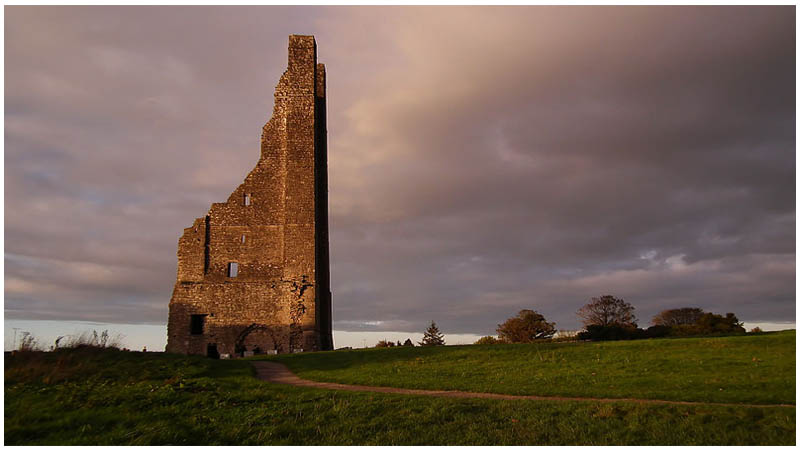In the town of Trim in the County of Meath, Ireland, stands a ruin known as the Yellow Steeple. Towering 130 feet into the air, the ruin once served as a bell tower and is all that remains of St. Mary’s Abbey.
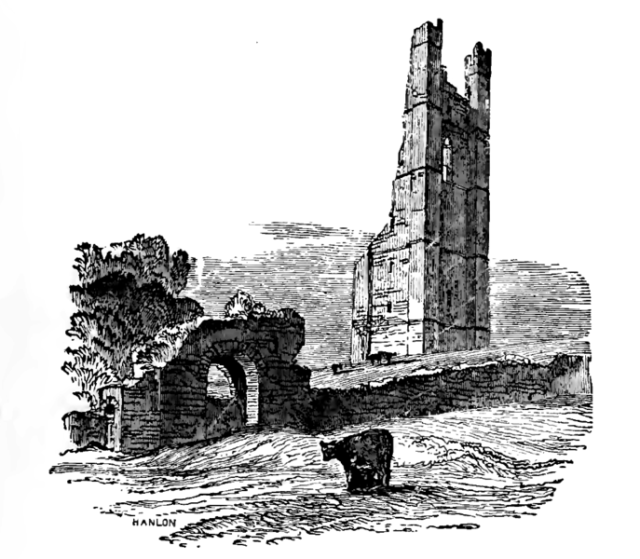
According to legend, St. Patrick founded the first church in the town of Trim. The church was the victim of rampant attacks on two separate occasions, once in 1108 and later in 1127.
During both attacks, the church was set ablaze, trapping many refuge-seeking residents inside and incurring major damages to the fabric of the building.
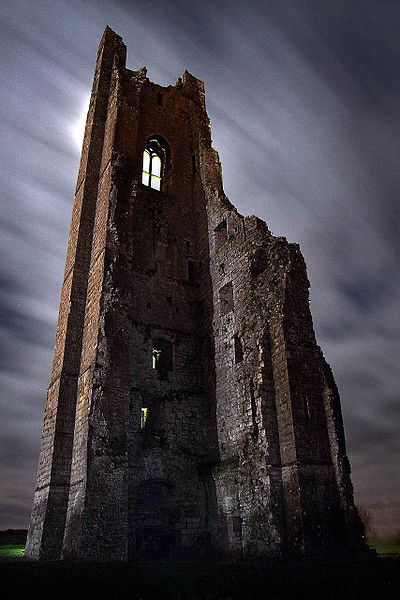
It is believed that after the fires the church was re-established, this time under Augustinian rule as St. Mary’s Abbey, dedicated to Mary, the mother of Jesus. Saint Malachy, the personal representative of the pope, introduced the Arrousian form of Augustinian rule to the abbey in the 1140s.
Throughout the 13th century, the de Lacy family was mainly responsible for the abbey. The church and monastery were prospering for a period, until 1368 when another incident happened: the church was set on fire again. Following the incident, the church was restored and a statue of the Virgin Mary was erected to protect it.
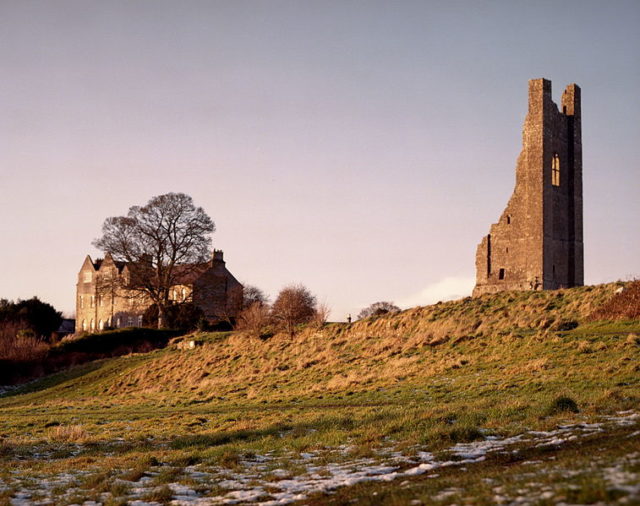
Very quickly, people began to talk about the statue and its healing powers and it quickly became renowned throughout Ireland. Pilgrims came from all from all over the country to witness the statue and its miracles.
Over the years, the number of visiting pilgrims kept growing and Henry IV issued protection in 1402 for all devotees and worshipers visiting St. Mary’s Abbey. The same level of protection was continued during the reign of Henry V.
In 1472, a parliament was held in the town of Naas in Ireland, and it was decided that the monastery should be gifted with two watermills and a manor.
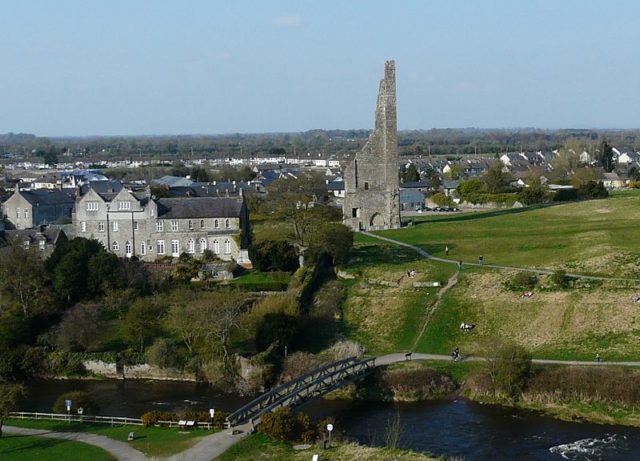
During the same period, Richard of York, 3rd Duke of York, donated land to the abbey: around 51 acres. He too issued a protection for pilgrims that came to the monastery.
Rumors had spread far and wide about the tremendous healing powers of the Madonna and the many miracles that had happened in its presence. Trim was becoming a popular place.
Things started to change when Henry VIII came to the throne on April 22, 1509. During his reign, the Dissolution of the Monasteries brought hundreds upon hundreds of religious structures and houses to their knees.
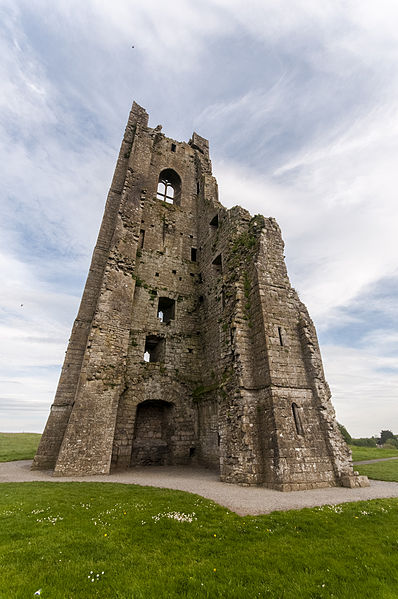
St. Mary’s Abbey wasn’t safe from the Dissolution and during this period of Reformation all sources of royal aid started to decline. The statue of St. Mary suffered the same fate. At first, there was hesitation over whether or not to destroy the statue but nonetheless, in 1538, the statue was burned publicly so that everyone could witness the iconoclasm firsthand.
The event gave rise to a number of rumors and stories. According to legend, the remains of the burnt statue were taken and stored in a private collection of a Catholic family. In 1542, Henry’s representatives ordered Geoffry Dardice, the abbey’s last abbot, to leave for good. He obeyed and in return received a £15 pension.
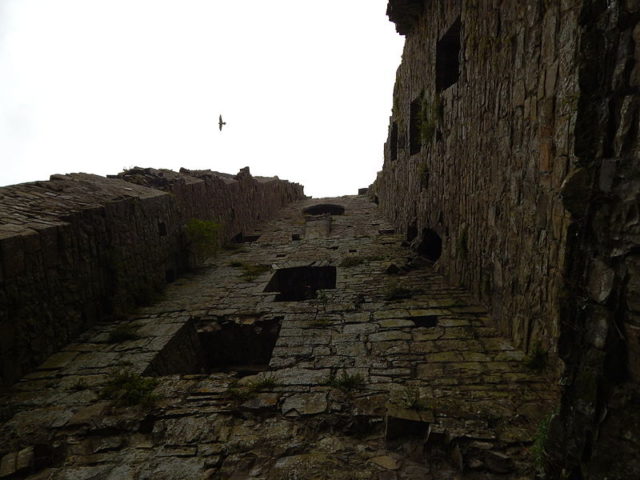
All of the abbey’s wealth, a total of £1,861 — around £11 million in today’s money — went to the crown and the land was leased by Anthony St. Leger.
All that remains today is the bell tower, known as the Yellow Steeple, that was allegedly destroyed by Oliver Cromwell. Though it lies in ruins, the abbey still attracts many visitors: drawn to what was once the home of a miracle-making statue of the Blessed Virgin Mary.
